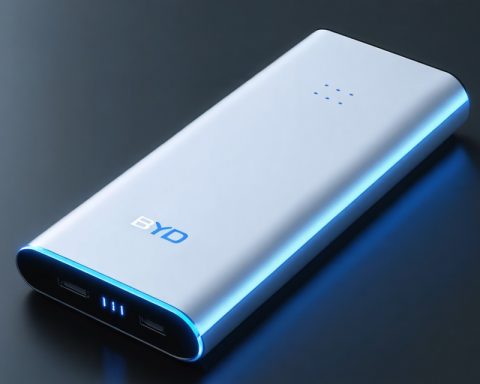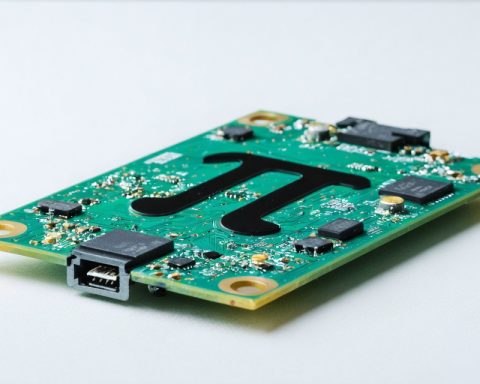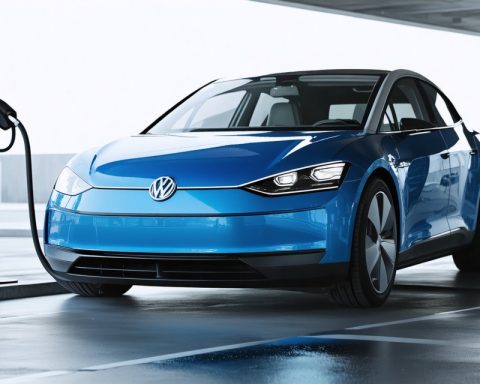- Government incentives significantly reduce the cost of electric vehicles (EVs), plug-in hybrids, and fuel-cell cars, making them more accessible.
- Subsidies can dramatically lower prices, such as the Nissan Sakura, which sees a reduction from 2.6 million yen to 1.25 million yen.
- Local grants, like those in Katsushika, Tokyo, further enhance the affordability of eco-friendly vehicles.
- The Toyota Prius PHEV showcases powerful performance with up to 223 horsepower, at nearly the same price as its hybrid counterparts.
- With narrowed price gaps, advanced green technologies are now within reach for more consumers, offering an eco-friendly alternative to gas engines.
- Monitor government portals for potential subsidies that can make cutting-edge, eco-conscious cars more attainable.
In a world where sleek designs, futuristic features, and eco-friendly promises loom large over the automotive landscape, another force quietly shapes your next car purchase: government incentives. Imagine gliding down the road in a whisper-quiet EV, previously thought unobtainable, now surprisingly affordable due to these incentives.
With a host of subsidies available for electric vehicles (EVs), plug-in hybrids (PHEVs), and fuel-cell cars, governments are rewriting the rules of the car market. For instance, choosing a Nissan Sakura becomes more tempting when the price plummets from nearly 2.6 million yen to around 1.25 million yen, thanks to governmental and local subsidies. Even in outlying areas like Katsushika, Tokyo, additional municipal grants make these eco-warriors even more enticing.
Consider the allure of the Toyota Prius PHEV, where a significant subsidy narrows the price gap between its hybrid siblings. With up to 223 horsepower, the PHEV promises exhilarating performance, all with a paltry price difference of 15,000 yen. This type of hybrid proves that you can indeed have your cake and eat it—combining robust performance with green credentials.
As the price tags of high-performance hybrids and state-of-the-art fuel-cell vehicles narrow, some buyers find themselves acquiring advanced technology at a fraction of the standard cost. Such affordability means waving goodbye to traditional gas engines without turning your wallet inside out.
The real takeaway? Keep an eye on your local government portal; the right information might just land you in the driver’s seat of a gleaming new EV. 🚗💨 Pioneering technology no longer resides exclusively in the realms of the wealthy. A new dawn is here, where cutting-edge, eco-conscious vehicles join the realm of the attainable.
This is How Government Incentives are Revolutionizing Electric Vehicle Ownership
How-To Steps & Life Hacks: Navigating Government Incentives for Your Next Car
Government incentives can significantly reduce the cost of purchasing an electric vehicle (EV), plug-in hybrid (PHEV), or fuel-cell car. Here’s how you can make the most of these incentives:
1. Research Available Incentives: Start by checking your national and local government websites for information on car subsidies. Websites like the U.S. Department of Energy’s Alternative Fuels Data Center or the European Commission’s Transport Policy site offer detailed information.
2. Calculate Your Potential Savings: Examine the current offers to estimate how much you can save on the purchase. Look for incentives that apply to specific models.
3. Strategically Time Your Purchase: Some incentives are time-sensitive or limited to the fiscal year, so timing your purchase can be crucial.
4. Consider Additional Benefits: Look into additional perks such as tax credits, reduced registration fees, or exemption from congestion charges.
5. Consult with Dealerships: Dealerships often have up-to-date information on available incentives and can assist in applying them to your purchase.
Real-World Use Cases: EV Adoption Facilitated by Incentives
Cities such as Oslo and San Francisco have observed significant increases in EV adoption due to robust incentives. In Norway, incentives such as tax breaks, toll waivers, and access to bus lanes have made EVs a preferred choice.
Market Forecasts & Industry Trends
According to BloombergNEF, electric vehicle sales are expected to reach nearly 30 million units annually by 2030, driven by technological advancements and subsidies. Governments worldwide are voicing intentions to phase out internal combustion engines within the next two decades, further bolstering industry growth.
Reviews & Comparisons: EVs vs. Traditional Vehicles
While EVs often have higher upfront costs, incentives make them more accessible. Reviews favor EVs for their low operating costs, environmental impact, and rapidly improving range and charging infrastructure. However, charging times and infrastructure availability remain concerns compared to the convenience of refueling traditional vehicles.
Controversies & Limitations
Some argue that government incentives can distort market dynamics, leading to artificially inflated demand for certain vehicles. Additionally, concerns about the environmental impact of battery production and disposal persist.
Features, Specs & Pricing
The Toyota Prius PHEV, for instance, offers 223 horsepower, offering spirited performance. Post-incentive pricing brings it competitively close to traditional hybrids, highlighting how subsidies can make advanced technology accessible.
Security & Sustainability
EVs boast enhanced sustainability profiles due to zero tailpipe emissions, but long-term sustainability depends on responsible battery recycling and using renewable energy sources for electricity.
Insights & Predictions
Experts predict that as battery technology advances and production costs decrease, reliance on incentives to make EVs affordable will diminish, shifting the focus to improving charging infrastructure.
Actionable Recommendations
– Stay Informed: Regularly check government websites for updated incentives.
– Embrace Renewable Energy: If possible, power your EV with home solar energy to maximize sustainability benefits.
– Plan for Infrastructure: Consider your access to charging facilities when selecting an EV.
Quick Tips
– Leverage Local Grants: Check if your city offers additional municipal grants for energy-efficient vehicles.
– Look for Trade-In Deals: Some dealers offer enhanced trade-in values for gas vehicles when purchasing an EV.
For additional information, visit U.S. Department of Energy and European Commission.














